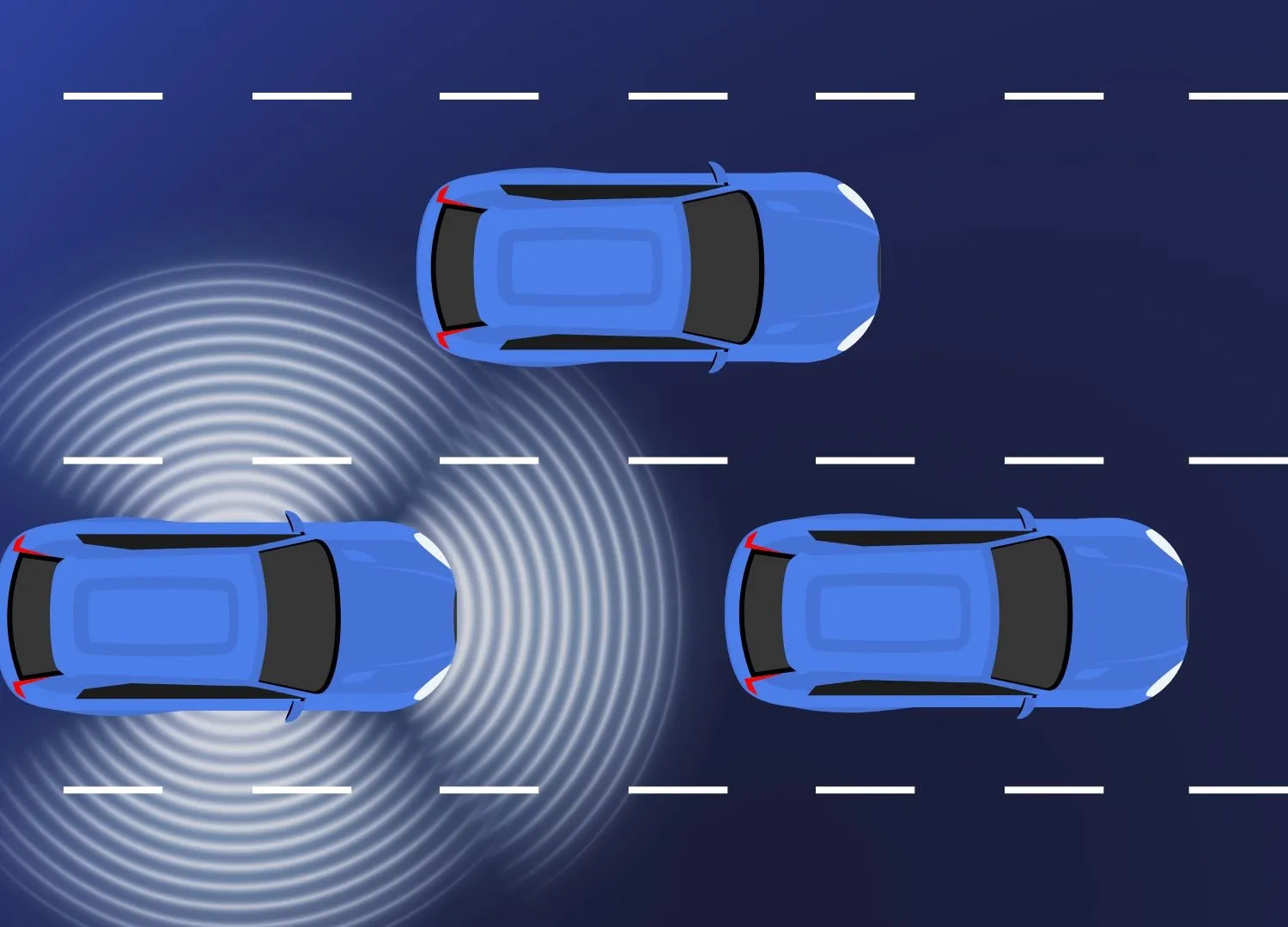Trafficware’s release of its Synchro plus SimTraffic Version 9.1 traffic optimisation and simulation tool adds traffic impact analysis (TIA), a feature designed to assess the adequacy of existing or future arterial traffic generated by proposed property developments.
Synchro’s traffic impact analysis will streamline traffic engineers’ workload by automatically generating routes into and out of a proposed development, automating calculations for trip assignments and distributions and facilitating planni
April 1, 2015
Read time: 1 min
Synchro’s traffic impact analysis will streamline traffic engineers’ workload by automatically generating routes into and out of a proposed development, automating calculations for trip assignments and distributions and facilitating planning of multiple future growth projections to provide the most comprehensive traffic impact study.
Trip generation data imports directly for users of TripGen 2014; otherwise, volumes are entered into Synchro. Pass-by trips are included with trip generation and trip distribution. Multiple property developments, each with multiple driveways and land uses, can now be included in one Synchro file.









